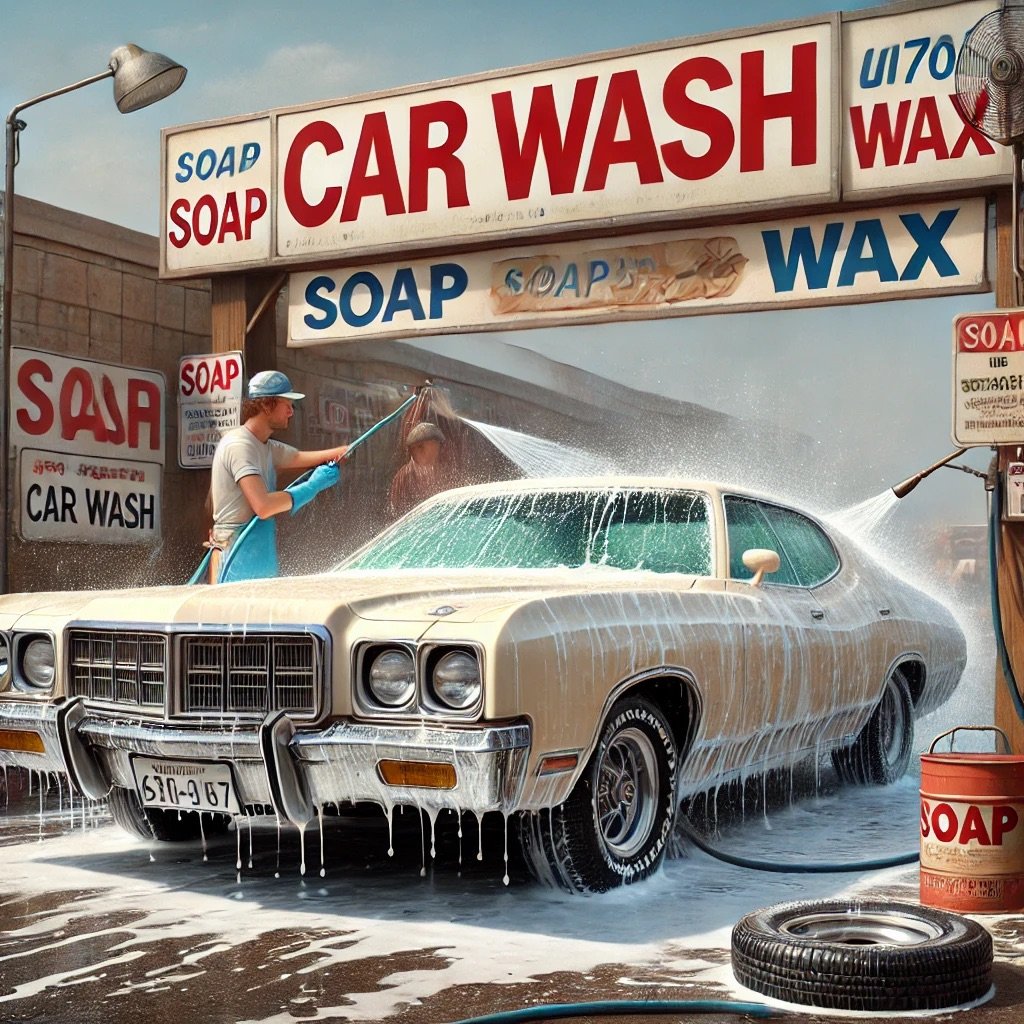Car Wash Backflow Incident
The Incident:
In 1979, residents of a Seattle mobile home park began reporting unusual grey-green, slippery water coming from their taps. Initially thought to be a localized problem, the issue quickly escalated as more calls came in, describing soapy, black, and foul-smelling water.
What Happened:
Seattle’s Water Quality Laboratory determined that the contamination was caused by a detergent solution. Emergency crews responded by flushing hydrants in the affected area and traced the source back to a car wash. The car wash owner revealed that a high-pressure pump failure and an improper hose connection had allowed contaminated water to backflow into the city’s main water supply.
The Cross-Connection:
The contamination occurred when a water pump at the car wash broke down. In an attempt to maintain operations, employees connected the rinse cycle, which used city water, to the scrubber cycle, which used reclaimed water, with a two-inch hose. When the pump was repaired days later, the reclaimed water was forced into the city’s main water line through this makeshift cross-connection.
Consequences and Actions Taken:
The water contamination was addressed through extensive flushing and chlorine treatment, and subsequent tests showed no harmful bacteria or chemicals in the local water. Within 24 hours of the incident, the car wash installed a backflow prevention device to prevent future occurrences. Additionally, all local car washes were notified of the necessity of installing backflow protection devices.
Prevention Lesson:
This incident emphasizes the critical need for proper cross-connection control to protect public water supplies. Installing backflow prevention devices is essential in preventing such contamination events, ensuring the safety and health of the community.
This story, originally written by Watts in "Backflow Case Histories and Solutions," has been summarized to highlight the key points and outcomes.

